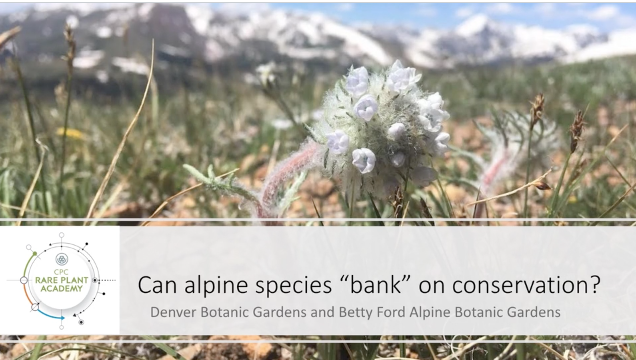
Alexandra Seglias (Denver Botanic Gardens), Nicola Ripley (Betty Ford Alpine Gardens), Brittany Roberts Marshall (Betty Ford Alpine Gardens) Alpine ecosystems are particularly vulnerable to climate change. The Denver Botanic Gardens are seeking to protect rare species from these regions, banking seeds from multiple Alpine populations by maternal line. However, collecting seed from these remote areas […]
Read More…
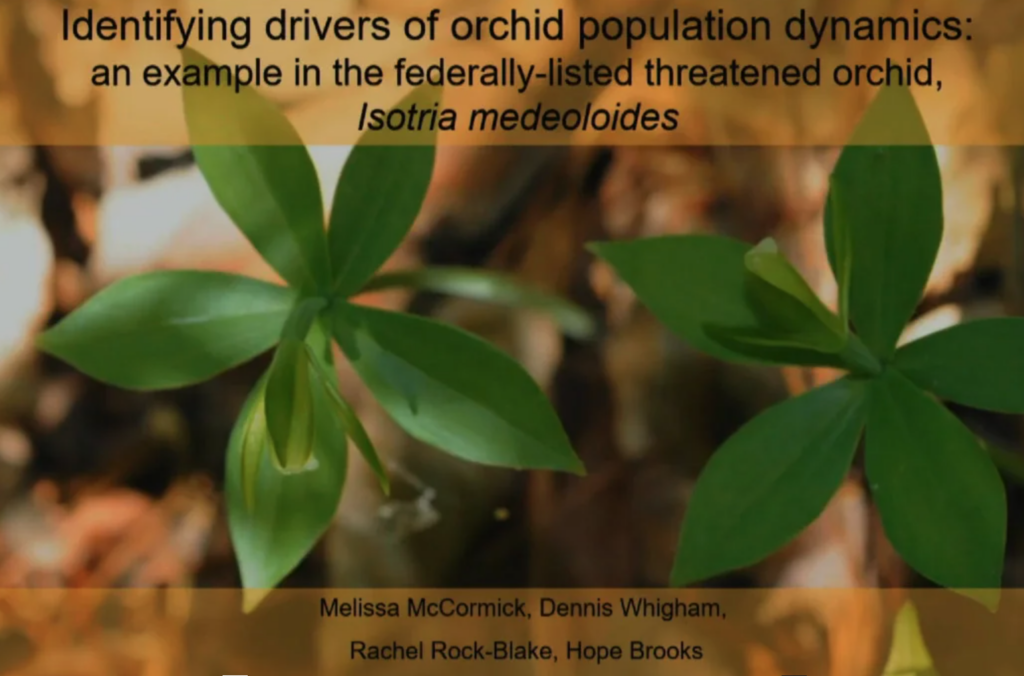
Melissa K. McCormick, Dennis F. Whigham, Rachel Rock-Blake, Hope E.A. Brooks North American Orchid Conservation Center (NAOCC) and Smithsonian Environmental Research Center (SERC) Orchids are widely threatened and endangered worldwide, but efforts to conserve and restore them has been limited by not knowing about the pollinators and fungi they need to grow and reproduce. The […]
Read More…
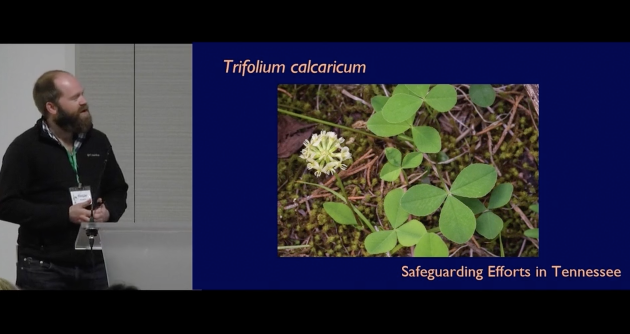
Margi Hunter, Tennessee Naturalist Program, Cooper Breeden, Southeastern Grasslands Initiative, Austin Peay State University, Tennessee Plant Conservation Alliance The lack of funding and resources necessary to conserve many of our most imperiled species and communities is a ubiquitous problem. In the absence of traditional support, more grassroots and citizen-led efforts are essential to ensure the survival […]
Read More…
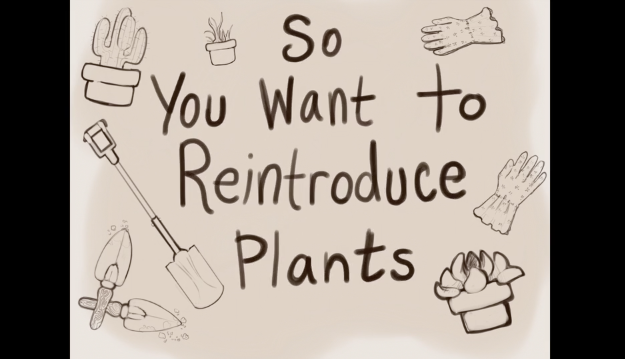
Seana Walsh, National Tropical Botanical Garden When conducting plant reintroductions with the help of volunteers it is useful to do a measure of advance planning. Considerations might include such items as taking into account how many volunteers are attending and making sure that there are enough tools and gloves available. It is important to be certain […]
Read More…
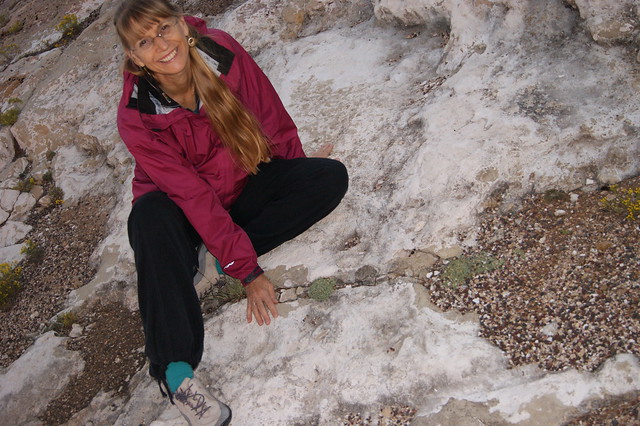
Joyce Maschinski poses with a sentry milkvetch (Astragalus cremnophylax var. cremnophylax), a species she helped direct toward recovery with reintroductions and management. […]
Read More…
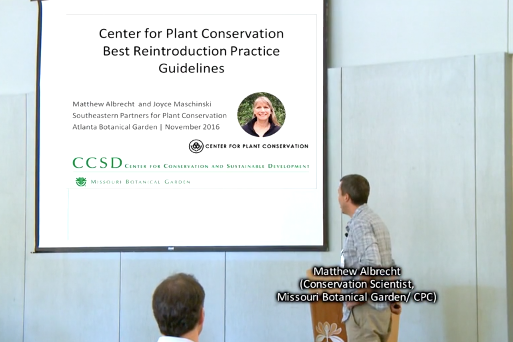
CPC Best Reintroduction Practice Guidelines: Astragalus bibullatus Case Study Matthew Albrecht, Missouri Botanical Garden (SePPCon 2016) Reintroduction is a critical component of rare species conservation with the goal of continuing evolution in a natural context. Within the southeastern U.S. 81% of recovery plans include reintroduction as a proposed conservation action, while in Hawaii almost all plant […]
Read More…
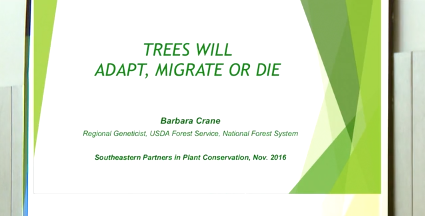
Trees Will Adapt, Migrate or Die Barbara Crane, US Forest Service, National Forest System (SePPCon 2016) Barbara Crane, USFS, describes special considerations for trees. Because the are long-lived, they cannot respond quickly to multiple threats from pathogens, fire, drought and climate change. Rates of historic migration of 300 to 1200 ft/yr cannot keep up with the […]
Read More…
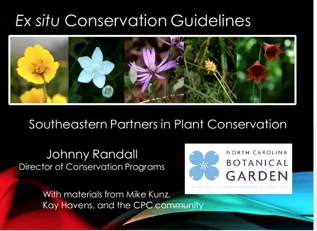
Johnny reviews the Center for Plant Conservation best practices related to the link between ex situ and in situ actions. Ex situ collections held as seeds or whole plants can help with research on germination or cultivation and reintroductions to the wild. He discusses clues that may trigger ex situ action, reviews the organizations that help […]
Read More…
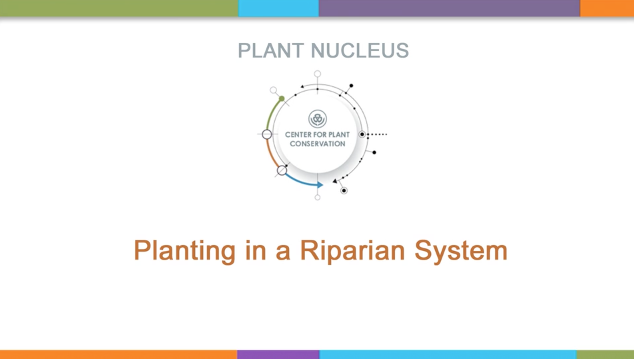
Johnny Randall, North Carolina Botanical Garden This video reviews an experimental technique that refines optimal practice for planting the federally endangered harperella (Ptilimnium nodosum) along a river. After selecting a suitable site, obtaining permission, and propagating many plants, North Carolina Botanical Garden staff and volunteers planted 70 seedlings planted into replicated plots of terracell, coir, […]
Read More…
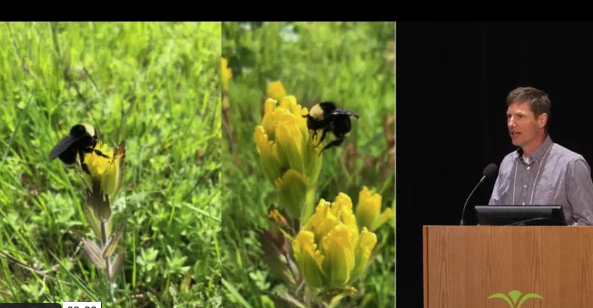
Tom Kaye, Institute for Applied Ecology Golden paintbrush (Castilleja levisecta) is listed as threatened and has become regionally extinct in the southern portion of its range due to habitat conversion. A few wild populations remain in Washington and British Columbia. Efforts to conserve the species in Oregon have emphasized wild seed collection across multiple remnant WA […]
Read More…
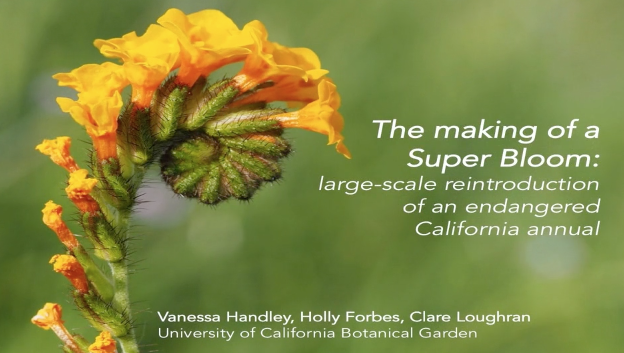
Vanessa Handley, University of California Botanical Garden University of California Botanical Garden (UCBG) has long been engaged in recovery efforts for State and Federally endangered large-flowered fiddleneck, Amsinckia grandiflora. Initially UCBG staff focused on creating a substantial seed bank for the species and, through nursery augmentation of wild-collections, generated a bank of over 100,000 seed […]
Read More…
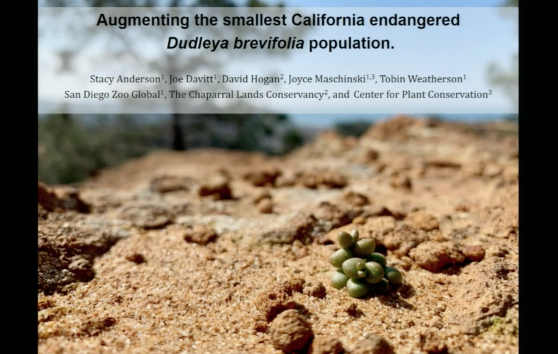
Stacy Anderson, Joe Davitt, Katie Heineman, David Hogan, Joyce Maschinski, and Tobin Weatherson, San Diego Zoo Global Declining small populations may be supported through augmentation. To aid the smallest of five populations of the tiny endangered succulent, Dudleya brevifolia, The Chaparral Lands Conservancy approached the San Diego Zoo Global Plant Conservation team to augment the […]
Read More…
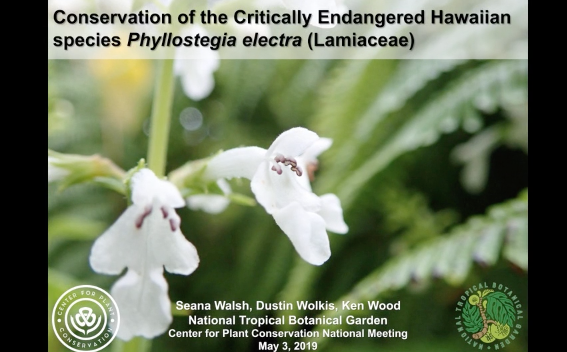
Seana Walsh, Dustin Wolkis, and Ken Wood, National Tropical Botanical Garden Phyllostegia electra (Lamiaceae) is endemic to the mesic and wet forests of Kaua’i. It is listed as Critically Endangered on the IUCN Red List of Threatened Species and is a focal species for achieving conservation objectives outlined in the Hawai’i Strategy for Plant Conservation. […]
Read More…
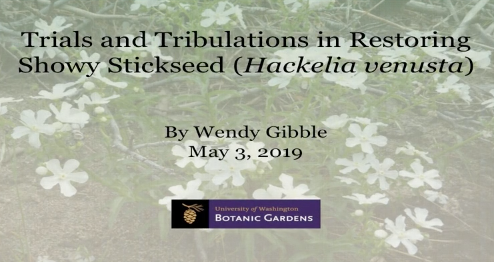
Wendy Gibble, University Of Washington Botanic Gardens Hackelia venusta (showy stickseed) is a narrow endemic plant known only from one population in central Washington. It was listed as an endangered species in 2002 when the population was estimated at 600 plants spread over 40 acres. The most recent survey in 2012 documented 477 plants. Building […]
Read More…
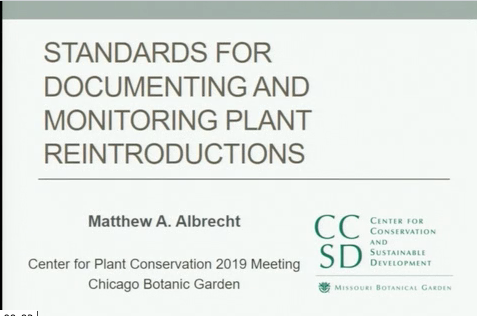
Matthew Albrecht, Missouri Botanical Garden Monitoring is a central component of reintroduction programs, but often receives less attention from practitioners than the preparation or implementation phases of a project. A well-designed monitoring program can detect changes in the environment over time, identify new threats that emerge at the reintroduction site, determine drivers of growth rates […]
Read More…
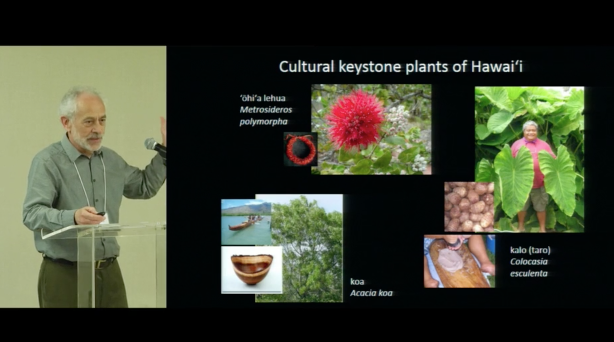
Christopher Dunn, Todd Bittner and Robert Wesley, Cornell Botanic Gardens In situ conservation efforts for American globeflower (Trollius laxus) are ongoing within two Cornell Botanic Garden Natural Areas. A reintroduction program was initiated to augment the globeflower population and a total of 344 propagated plants have been successfully introduced with a 90-95% survival rate. The […]
Read More…
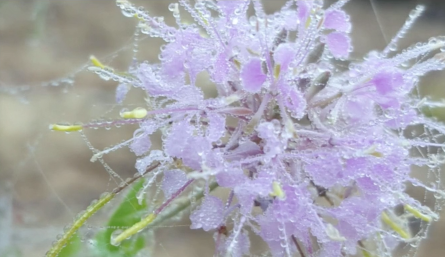
Philip Gonsiska, Whitney Costner, Cheryl Peterson, Bok Tower Gardens Warea amplexifolia (Clasping Warea) (Brassicaceae) is an annual endemic to sandhill habitat in the northern third of the Lake Wales Ridge in central Florida. It typically germinates between February and early May and flowers from August through October. The main threats to W. amplexifolia are development […]
Read More…
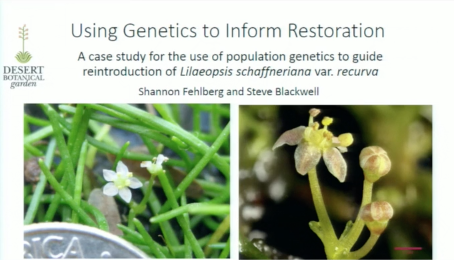
Kim McCue, Shannon Felberg and Steve Blackwell Desert Botanic Garden […]
Read More…

















